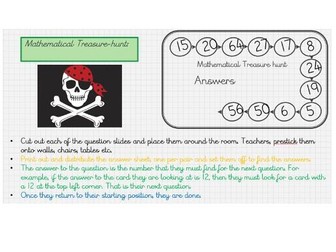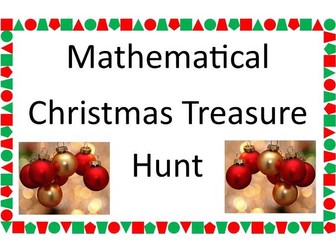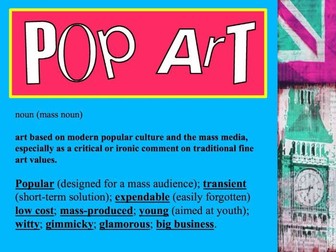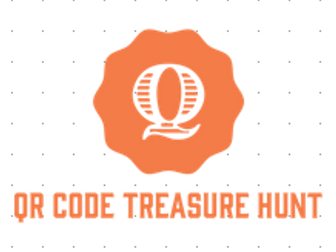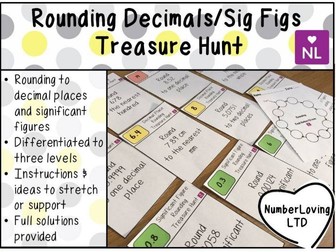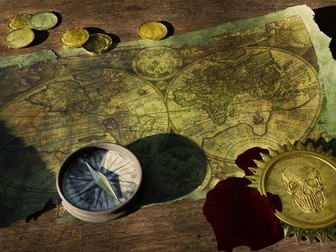
Arithmetic Treasure Hunt KS2
This is a “Maths on the Move” activity. it comprises of twenty A5 cards which can be placed around a classroom or even better the playground. Each card contains an arithmetic question. The questions are based on the Year Six SATs arithmetic paper. THey are supplied in pdf and also Publisher format so can be easily edited if required. Each child (or pair) has a copy of the supplied answer sheet and have to find the cards before answering the question. The teacher has a sheet with all the questions and answers so can check each answer as the children find them.
This is a great activity for keeping children active as well as learning maths. I have used it very successfully either as a pre-SATs revision session or after SATs to use some of their newly acquired maths skills!
I hope you find this activity useful and fun! Thanks for your interest in my maths resources. Feedback is greatly appreciated.

